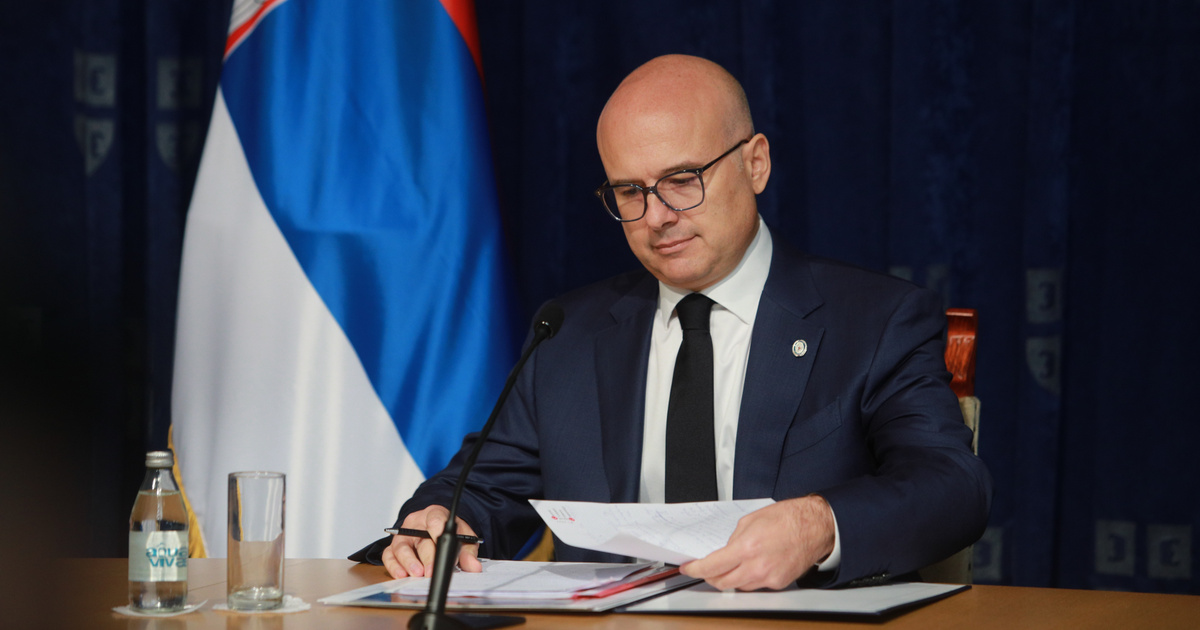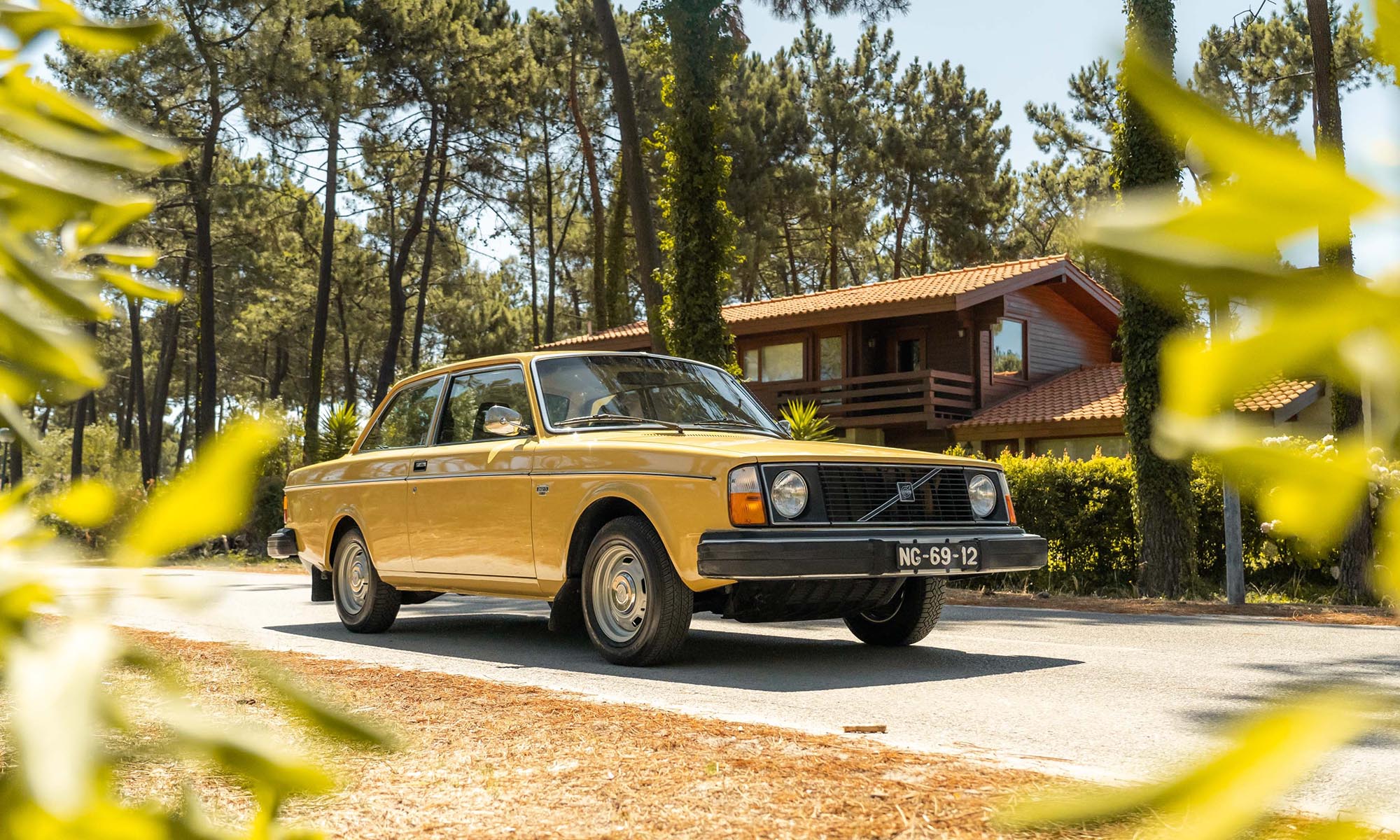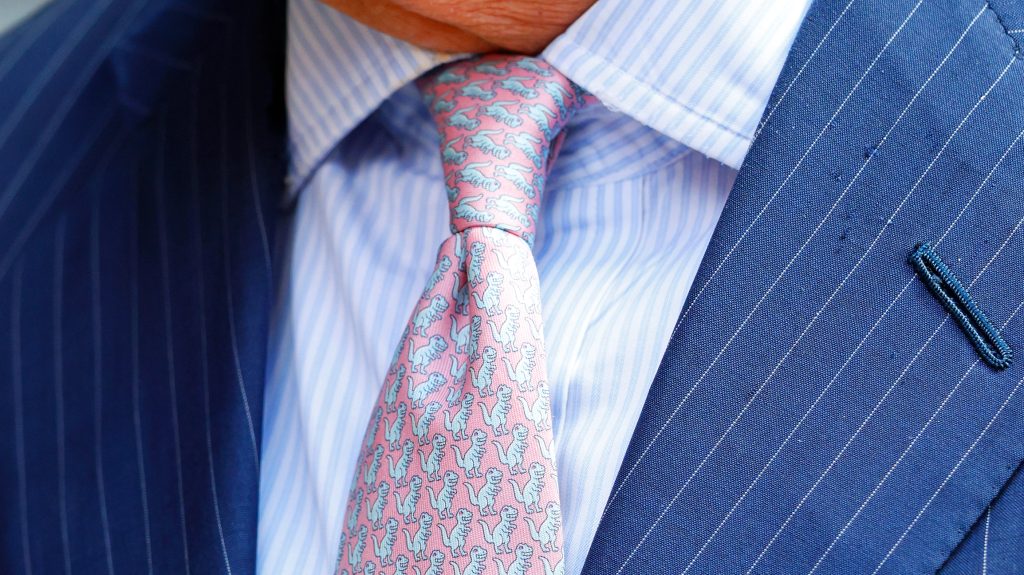More than 1,000 years ago, the exploits and achievements of Viking leaders were engraved in stone in the lands of today’s Denmark, and these written memories are the so-called rune stones.
Both sets of runestones mention a woman named Thera.
New analysis of the carvings suggests that the runes on both sets of stones were carved by the same craftsman and refer to the same woman: a powerful Viking queen. CNN reports.
In Denmark, rune stones are venerated mostly by men As he claimed, but Thera was commemorated on more runestones than any other person in Viking Age Denmark.
Thyra, which also played a role in the birth of the Danish Empire
Danish and Swedish researchers used 3D scanning to analyze the inscriptions on the runestones and found signs indicating the style of the individual sculptor. Scholars say the fact that this sculptor mentioned Thera’s name several times – a rarity for women in the Viking Age – indicates that she was a powerful ruler and may have played a key role in the birth of the Danish Empire.
Catherine Cross, a lecturer at Britain’s St. John’s University who researches and teaches the history of northern Europe in the early Middle Ages, said: “It’s great to learn more and more about the runestone carvers and the people whose names are on the stone.” He emphasized that we cannot understand early medieval sources unless we think about who made them and why.
One set of runes comes from monuments known as the Jelling Stones; These were erected in the city of Yiling around the year 965.
The larger Jelling Stone is often called the “Birth Certificate of Denmark” because it is the first monument to bear the names of people who converted to Christianity
– Announced the Danish National Museum in Copenhagen.
Two runestones from Geeling also bear the names of royal figures: one stone was erected by the then ruling King Harald the Blue Tooth in honor of his mother, Queen Thyra, and father, King Gorm, and the other, the smaller stone, was made by the queen’s husband, King Gorm, in honor of the queen.
The runestone inscription on the queen reads: “Power/Salvation of Denmark” (or “Ornament of Denmark”, depending on the translation).
Scientists also discovered another set of four Viking Age relics, two of which also mention a woman named Thera. The study’s lead author, Lisbeth Eimer, director of runes and ancient inscriptions at the National Museum, said these stones could be linked to a builder called Ravenung-Tu, but experts have not fully agreed on whether this Thera was the mother of King Harald the Bluetooth. Denmark, its curator and the main researcher specializing in its study.
Before the new investigation, it was not known who carved the geling stones. If the sculptor was proven to be Ravennong-tu, it would confirm the connection between Yiling and the other set of stones.
Viking women fought and participated in the leadership of the state
In recent years, archaeologists have revised previous male-only interpretations of Viking warrior burials and found that Viking women were warriors as well. The new discoveries expand the picture according to which influential Viking women played a prominent role in state leadership and on the battlefield.
This research highlights that Viking women exercised power not only on the battlefield, but also through political power and patronage.
Cross said.
The fact that Thera appears on four runestones provides strong evidence that pHe would have enjoyed extraordinary power and social status he added.











































